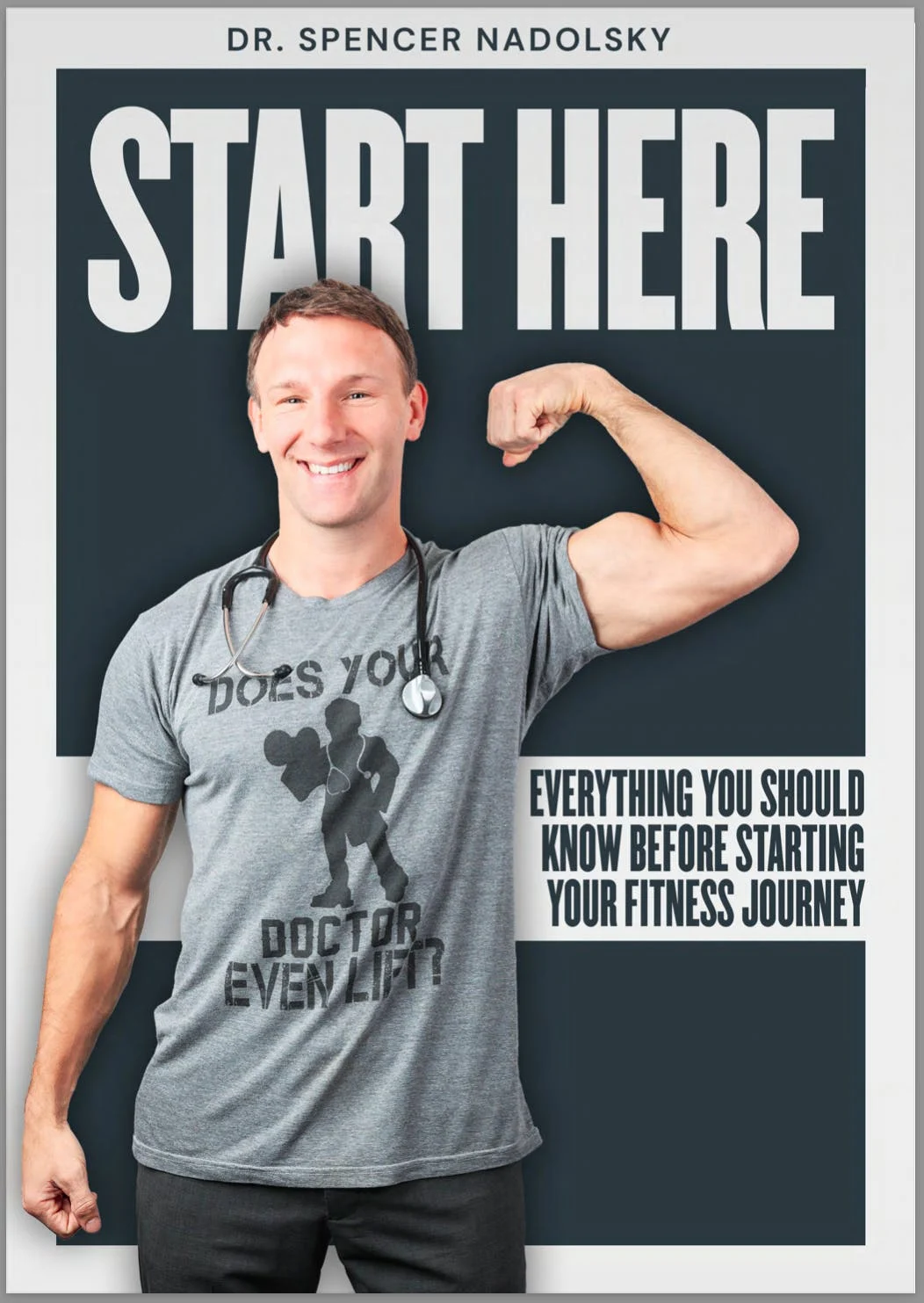Albert Bandura is the most cited living psychologist. He pioneered work on confidence, which he called self-efficacy. In his early work on confidence he was able to get participants with severe snake phobias to actually hold a boa constrictor in a short period of time.
The key was getting his participants to perform actions they felt confident that they could do. For some participants that might have meant touching the handle of a door that held a boa constrictor in a glass case on the other side. For others it might have meant being in the same room as a caged boa constrictor.
Once individuals fear subsided they were able to move closer to the snake and eventually hold it. Bandura also found that the more his participants interacted with the snake the greater their confidence was.
One of the strongest sources of self-efficacy is experience. Participants in Bandura’s early work gained experience over a challenging task and increased their confidence. The key to the success of his research is that no one was put into a situation where the challenge of the task was too overwhelming. None of participants with a snake phobia went from zero interaction with the snake to holding onto the snake. That would have been too much to handle.
To relate to healthy living, many of us think we have to make a large overhaul to our lifestyles in order to achieve a healthier body. To some, this might be as scary or seem as unrealistic as holding onto a boa constrictor! The simple truth is that we do not have to change everything to become healthier, we just need to get started. Getting started can certainly begin with small steps. These small steps, just like the small steps Bandura’s participants used, should be one’s we are confident we can accomplish.
To begin, let’s take a look at some healthy behaviors:
| Behaviors of Healthy People |
|
You might already be doing a few of these behaviors, however, there may be a handful that you are not currently doing. To change four or five behaviors at once would be a very challenging task. However, doing one or two behaviors at a time might not be as overwhelmingly challenging.
The first step in this process would be to pick out one or two behaviors you think that you can do. For example you may pick the first behavior; eat vegetables with every meal. From there you would want to quantify the amount (1/2 cup, 1 cup, 1 serving) and frequency (1 meal per day, 2 meals per day, 3 meals per day) based on what you are confident you can do. From there, plan a strategy to achieve the goal (this can be done with the help of a coach). For example you may say:
“I will eat 1 cup of vegetables with every meal. I will do this by having sliced cucumbers at breakfast, baby carrots with lunch, and then a cooked vegetable such as broccoli with every dinner.”
Examples of other plans based on the behaviors listed above may include:
“I will do structured exercise one time per week for 30 minutes. I will do this by going to gym and using the stationary bicycle.”
Or
“I will walk 10,000 steps two days per week. I will do this by taking a long walk at the park on both days of the weekend.”
Notice that you can make any of these behaviors as challenging as you would like. The key is to feel very confident that you can accomplish each tasks. Once a behavior such as cycling for 30 minutes becomes easier and less of a challenge you can incorporate another day or cycle for a longer time period. Once any of these behaviors feels like it has become engrained in your daily routine or feels like it comes as second nature pick a new healthy behavior.
Confidence is a key component to beginning any health related behavior. Choose activities you are confident that you can do. The best place to start is always now and with activities you know you can do; remember the path to living a healthier lifestyle is a step by step process.
Justin Kompf is an adjunct instructor in the Kinesiology department at the State University of New York at Cortland where he is also the head strength and conditioning coach. Justin’s main area of study is in behavioral psychology as it relates to health behaviors. He is also a personal trainer and health coach. He can be reached at Justin.kompf90@gmail.com for questions and inquires. Also Facebook page https://www.facebook.com/JustinKompfPersonalTrainerStrengthCoach/
[gravityform id=”1″ title=”true” description=”true”]

